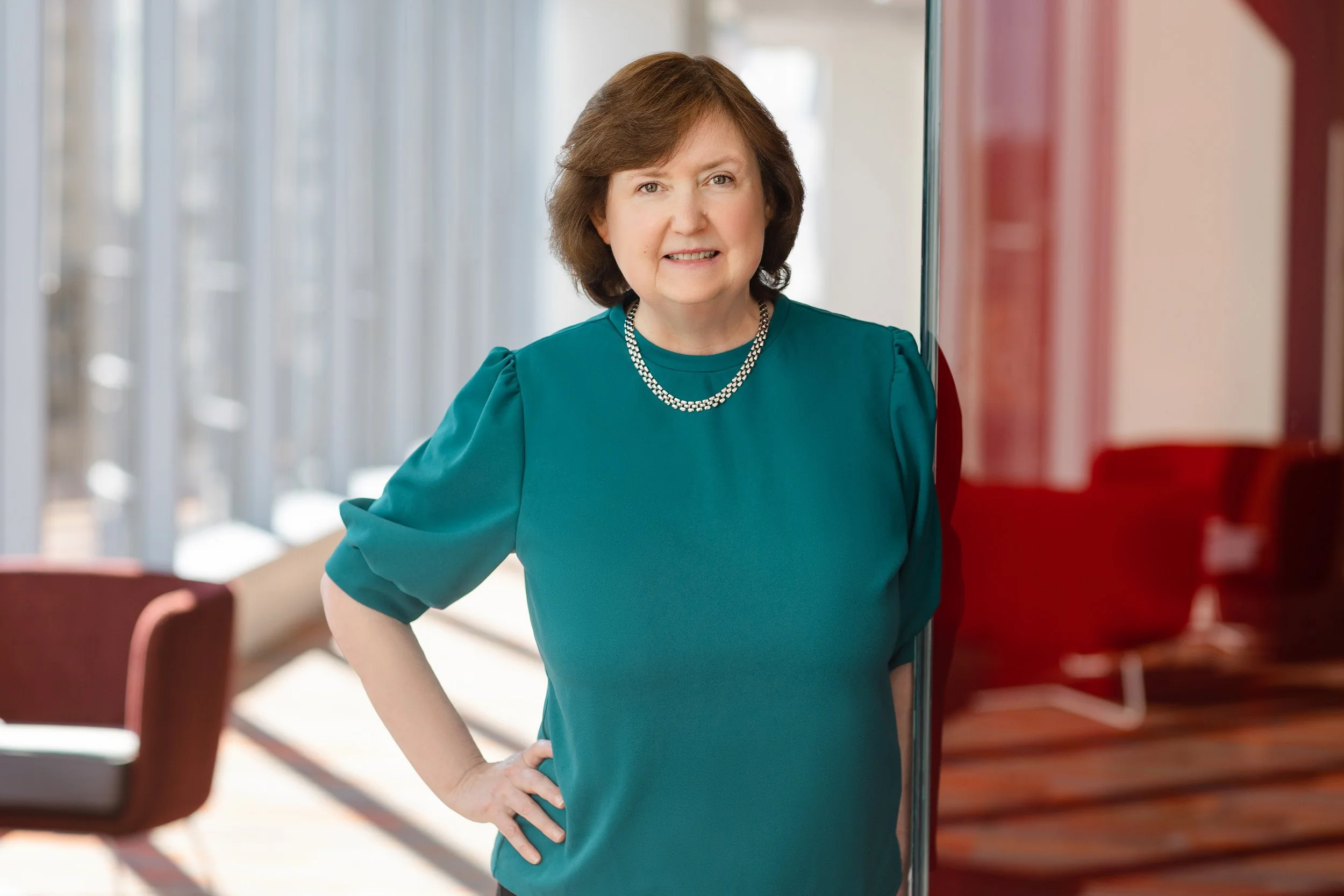Make the most of microcopy to enhance the user experience while boosting your brand
Lisa Hitt (she/her), Web and Digital Content Specialist at the Commonwealth Cyber Initiative
Microcopy might be small (from 20 to 200 characters), but its impact is enormous.
These short, simple messages that appear across websites can create an easy, intuitive user journey while enriching the user experience and building trust in your college or university.
Microcopy can also be highly effective in targeting traditionally underrepresented populations, bolstering your institution’s efforts to increase diversity.
Examples of microcopy include: page titles; headlines; captions; calls to action; link text; taglines; pull quotes; form responses; and unfound page messages.
This session will take an in-depth look at microcopy by:
Discussing how to write it (and how not to)
Looking at how and where to use it
Scrutinizing examples of the good, the bad, and the ugly
Establishing best practices
Exploring a list of Do’s and Don’ts.
Get practical advice and guidance on using microcopy that you can implement immediately.
Takeaways:
Strategically written microcopy guides users where they want to go and need to go
With 8 seconds to grab someone’s attention, microcopy quickly alerts visitors to content of interest
Excellent microcopy eliminates confusion and frustration, giving visitors a great impression of your institution.
Bio
Lisa started her working life as a newspaper journalist, including at USA TODAY, where she was an editor in the Money section. Her most interesting assignment was a 10-week stint at the Virgin Islands Daily News after a hurricane blasted the region.
She moved into higher education as George Mason University’s Content Strategist, where she wrote and edited content for websites, social media, and ad campaigns.
Lisa is now at the Commonwealth Cyber Initiative, a consortium of colleges and universities focused on cybersecurity innovation, workforce development, and research.
She manages the CCI website, writes and edits content, edits emails, news stories, newsletters, brochures, and reports, and curates the photo collection.

